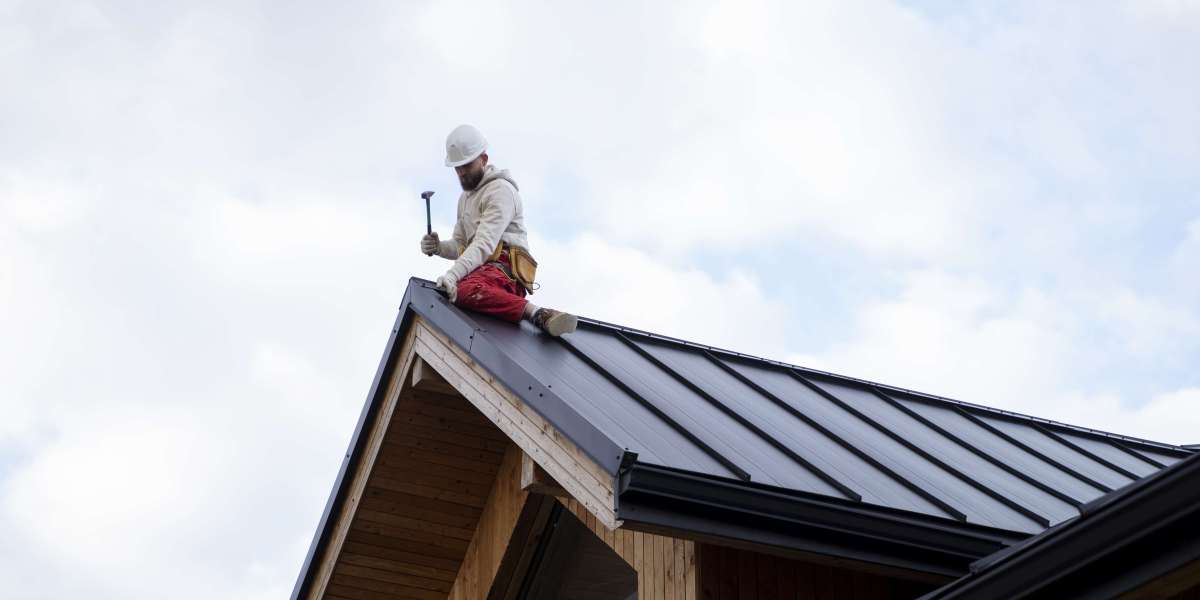Known for its calming effects and reliable growth patterns, this indica-dominant strain is a staple in many home gardens. One question that often arises among cultivators is whether Northern Lights https://northernlightsseeds.com is compatible with low-stress training (LST). The answer is a resounding yes, and in this post, we’ll explore why this classic strain responds well to LST and how growers can take full advantage of this technique.
Understanding Low-Stress Training
Low-stress training is a cultivation method used to manipulate the shape and growth of a cannabis plant without causing significant damage. Unlike high-stress techniques such as topping or super cropping, LST involves gently bending and tying down stems and branches to encourage horizontal growth. This method helps expose more bud sites to light, leading to a more even canopy and potentially higher yields.
Why Northern Lights Responds Well to LST
Northern Lights is known for its compact, bushy structure and resilience. These traits make it an ideal candidate for low-stress training. The plant’s natural growth pattern allows it to adapt quickly to being bent and tied, and its sturdy branches can handle the gentle manipulation required by LST.
Additionally, Northern Lights tends to have a short flowering time and a predictable growth cycle. This consistency makes it easier for growers to plan and implement training techniques without the risk of shocking the plant or delaying its development.
How to Apply LST to Northern Lights
Start early. Begin training your Northern Lights plant during the vegetative stage, ideally when it has developed four to six nodes. At this point, the plant is still flexible and can be shaped without breaking.
Use soft ties. Gently bend the main stem and secure it in place using plant ties or garden wire. Anchor the tie to the edge of the pot or another stable surface. The goal is to encourage the plant to grow horizontally rather than vertically.
Monitor growth. As the plant continues to grow, keep adjusting the ties and bending new branches outward. This will help create an even canopy and ensure that all bud sites receive adequate light.
Be patient. Low-stress training is a gradual process. Give your plant time to adjust and recover between sessions. With Northern Lights, you’ll likely see a positive response within a few days, as the plant redirects its energy to the newly exposed bud sites.
Benefits of LST for Northern Lights
Increased yield. By exposing more bud sites to light, LST can lead to a more productive harvest. Northern Lights, with its dense buds and high resin production, benefits greatly from this increased exposure.
Improved airflow. Spreading out the branches helps improve airflow around the plant, reducing the risk of mold and pests.
Better light penetration. An even canopy ensures that light reaches all parts of the plant, promoting uniform growth and healthier buds.
Discreet growth. For those growing in limited spaces or trying to keep a low profile, LST helps keep the plant shorter and more manageable.
Final Thoughts
Northern Lights is a forgiving and adaptable strain that thrives under low-stress training. Whether you’re a beginner looking to improve your yields or an experienced grower refining your techniques, LST is a valuable tool in your cultivation toolkit. With a little patience and care, you can guide your Northern Lights plant into a productive, healthy structure that rewards you with a bountiful harvest.













